Time:
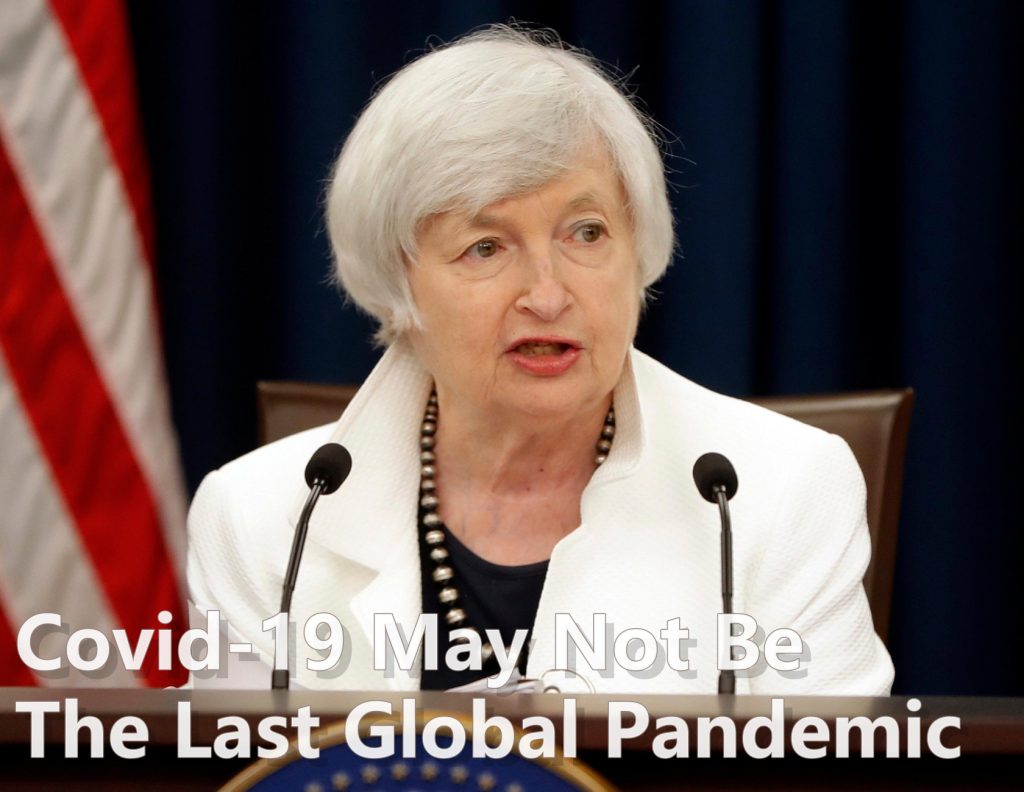
"President Biden and I believe that a well-resourced pandemic fund will enable us to better prevent, prepare for, and respond to pandemics-protecting Americans and people around the world from enormous human and economic costs." -- Treasury Secretary Janet Yellen said.
"The Pandemic Fund is key to strengthening global preparedness for infectious disease outbreaks. Germany has significantly increased its contribution and encourages all G20 partners to join us in strengthening the fund." -- Svenja Schulze, German Federal Minister for Economic Cooperation and Development, said.
According to news reports, the World Bank's Pandemic Fund is about to open a new round of fundraising, with a goal of raising at least $2 billion. On July 25, 2024, U.S. Treasury Secretary Yellen, on behalf of the U.S., pledged $667 million in support of the Pandemic Fund through 2026. And Germany pledged $54 million to the Pandemic Fund to meet the strong demand from low- and middle-income countries.
In response, you might first ask: What does this mean? Before that, we should understand what a pandemic fund is.
The Pandemic Fund is the first multilateral financing mechanism dedicated to investing in the capacity of low- and middle-income countries to prevent, prepare for and respond to critical outbreaks.
It was commissioned to the World Bank in September 2022 by various stakeholders, including the G20, the World Health Organization, and others, drawing on lessons learned from Covid-19.
In 2023, the Epidemic Fund received $2 billion in seed funding from 27 donors. It provided the first round of grants to projects that fostered coordination and cooperation across sectors within and between countries, as well as between domestic and international partners.
The Fund's catalytic funding structure enabled it to raise $6 for every dollar provided for projects from international and domestic sources. For projects in middle-income countries, as well as multi-country and regional projects, the combined leverage ratio is even higher, approaching nine times.
The Pandemic Fund's founding funding donors are: Australia, Canada, China, the European Commission, Germany, Indonesia, Italy, Japan, Korea, New Zealand, Norway, Singapore, Spain, the United Arab Emirates, the United States, the Bill and Melinda Gates Foundation, the Rockefeller Foundation and the Wellcome Trust. The founding donors, plus Austria, Denmark, France, India, the Netherlands, Saudi Arabia, South Africa, Switzerland and the United Kingdom, have committed nearly $1.7 billion in financial contributions to date. The Pandemic Fund will continue to mobilize funds for its work.
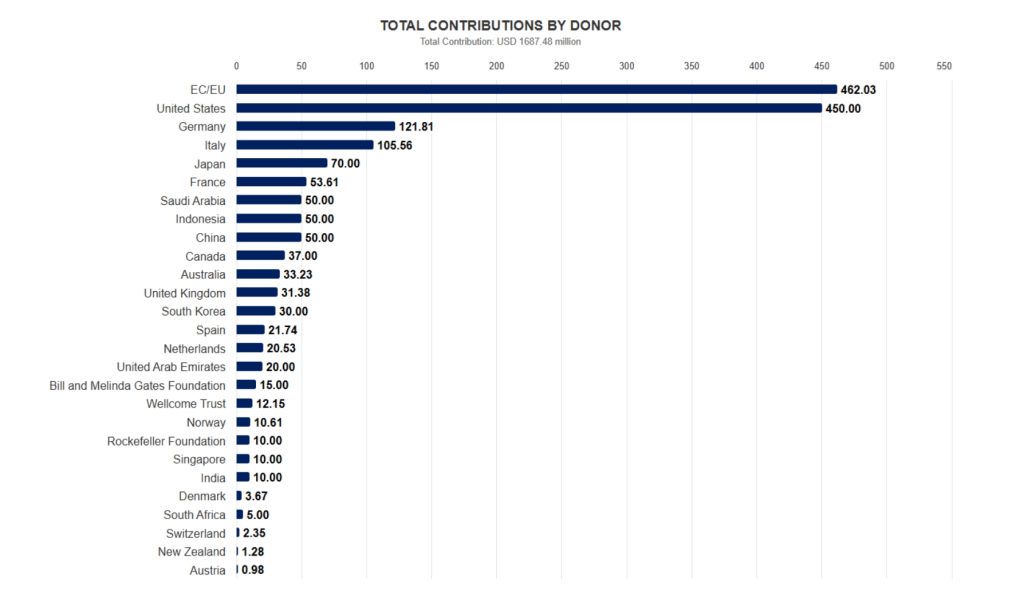
The devastating human, economic and social costs of Covid-19 underscore the urgent need for concerted action to build stronger health systems and mobilize additional resources for pandemic prevention, preparedness and response (PPR).
The Pandemic Fund provides a dedicated pool of additional long-term funding to strengthen critical pandemic prevention, preparedness, and response capacities in low- and middle-income countries through investment and technical support at the country, regional, and global levels.
On July 19, 2023, the Pandemic Fund's Board of Directors awarded the first round of grants totaling $338 million, which will mobilize more than $2 billion to help 37 countries strengthen their capacity for pandemic prevention, preparedness, and response.
More than 30 percent of the grants went to projects in sub-Saharan Africa. More than 75 percent of the projects supported in the first call are from low-income and lower-middle-income countries. Selected projects will receive funding to strengthen disease surveillance and early warning, laboratory systems, and human resources.
These investments target gaps in surveillance, laboratory capacity, risk communication, zoonotic diseases, risk management and more, and will help to avert potentially greater costs to the world in future pandemics.
"The United States will provide $667 million for a new round of pandemic funds to prevent the next pandemic." U.S. Treasury Secretary Janet Yellen said, "Unfortunately, the Covid-19 is unlikely to be the last global health threat, and we need to be better prepared."
We had to capture the highlights of Yellen's speech. Based on the trends in pandemic fund operations and the content of the U.S. Treasury Secretary's words, there is a good chance that the Covid-19 outbreak is not the last global health threat.
We can't tell if it is an early warning. But at the very least, it means that while the pandemic fund provides some protection for the public health system, the medical waste disposal industry should likewise be prepared to usher in the next wave of global pandemic infections.
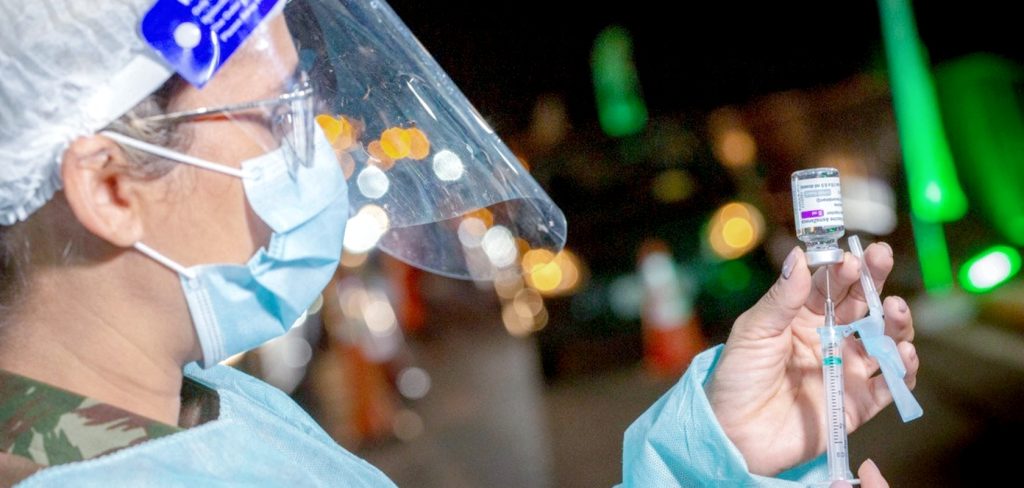
"The Covid-19 epidemic has forced the world to confront the gaps and neglected aspects of medical waste disposal and how we produce, use and discard our medical resources." -Maria Neira, Director of WHO's Environment, Climate Change and Health Division, said.
The Covid-19 outbreak generated thousands more tons of medical waste.It put enormous pressure on medical waste management systems around the world, threatening human and environmental health.
Data show that as of February 2022, the more than 140 million test kits that have been shipped could generate 2,600 tons of non-infectious waste (mostly plastics) and 731,000 liters of chemical waste . Meanwhile, more than 8 billion doses of vaccines have been administered globally. They generated an additional 144,000 tons of waste from syringes, needles and safety boxes.
However,compared to attention that the United Nations and countries paid to the availability and quality of personal protective equipment, the safe and sustainable management of medical waste related to Covid-19 got much less.
Today, pandemics expose healthcare organizations across countries to additional medical waste loads. In China, for example, as of May 4, 2020, the national medical waste disposal volume was 6,114.8 tons per day. This is an increase of 1,212.0 tons/day compared to 4,902.8 tons/day before the epidemic.
And medical waste has the potential to expose health workers to the threat of needlestick injuries, burns and pathogenic microorganisms. It can also affect communities living near poorly managed landfills and waste disposal sites through air pollution caused by waste combustion, poor water quality or disease-carrying pests.
All of this means that we must take the issue of medical waste disposal seriously. As major organizations continue to issue precautionary reminders of the next wave of global health threats, we should pay more attention to medical waste!
"There is a growing recognition that sanitation investments must take into account environmental and climate impacts, as well as an increased awareness of the synergistic benefits of action." --Dr. Anne Woolridge, Chair of the International Solid Waste Association (ISWA) Healthcare Waste Working Group.
Health sectors in various countries are under greater pressure. The public is demanding that they find ways (such as strong national policies and regulations, etc.) to reduce their carbon footprint and minimize the amount of waste going to landfills, out of concern for the proliferation of plastic waste and its impact on water, food systems, and the health of humans and ecosystems.
According to the World Health Organization report, better, safer, and more environmentally sustainable methods of medical waste disposal have been incorporated into current outbreak response and future pandemic preparedness efforts.
The report's recommendations include the use of eco-friendly packaging and transportation, recyclable or biodegradable materials, etc.; investing in non-combustion waste treatment technologies; supporting reverse logistics for centralized treatment and investing in the recycling sector to ensure that materials such as plastics can be recycled.
Due to the increased interest in medical waste disposal and the urgency of environmental protection, medical waste disposal equipment based on non-incineration technologies will become increasingly popular.
Highly sought after is the medical waste microwave sterilization treatment equipment. Through the thermal and non-thermal effects of microwave, medical waste garbage is completely sterilized. It does not produce dioxin and malodorous gases, improves staff well-being and reduces energy consumption, making it one of the optimal choices for future medical waste disposal.
We have no way of knowing whether the renewed fundraising by the Pandemic Fund and the speech by the U.S. The Treasury Secretary was indeed a wake-up call. But after Covid-19, we have to beware and put our minds at ease. Improve the medical waste management system and prepare for the next global pandemic.
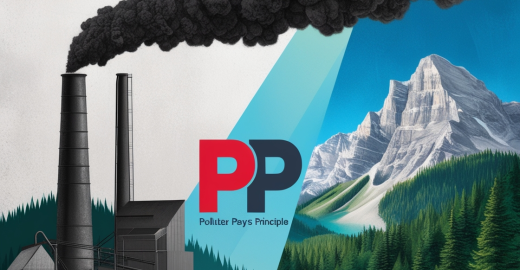
What is the Polluter Pays…
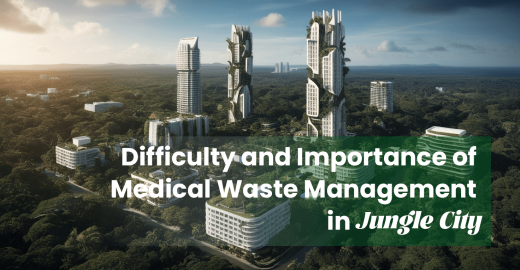
Forests and wetlands are …

Of course! LI-YING has ex…
PDF Request